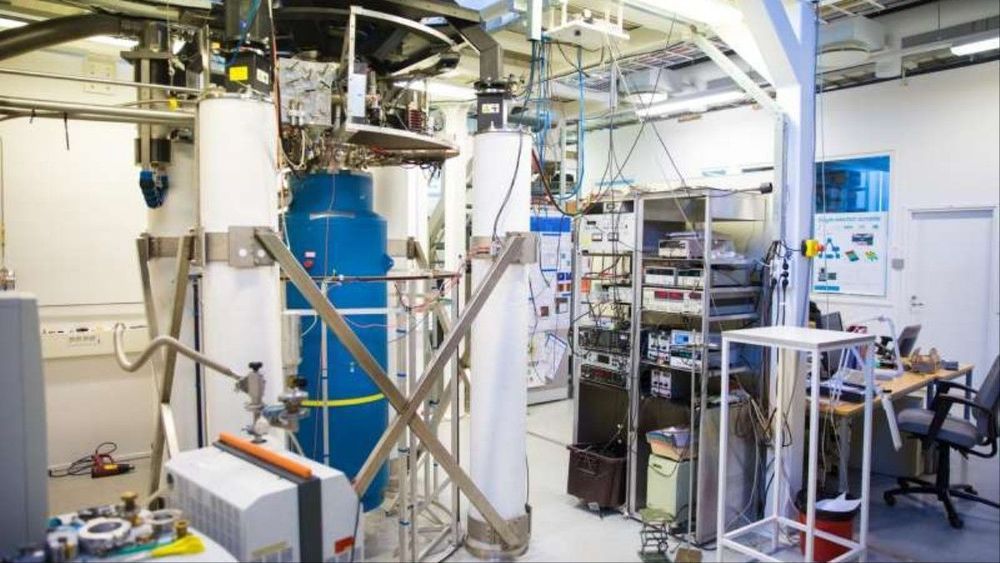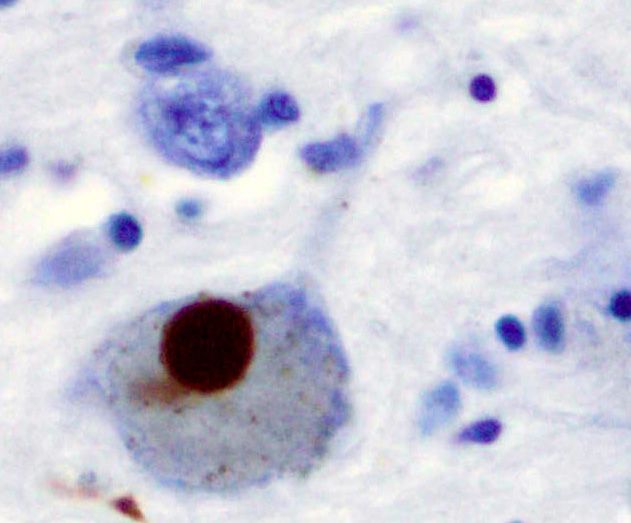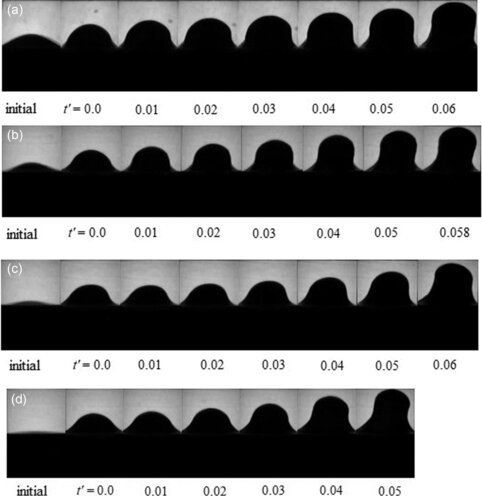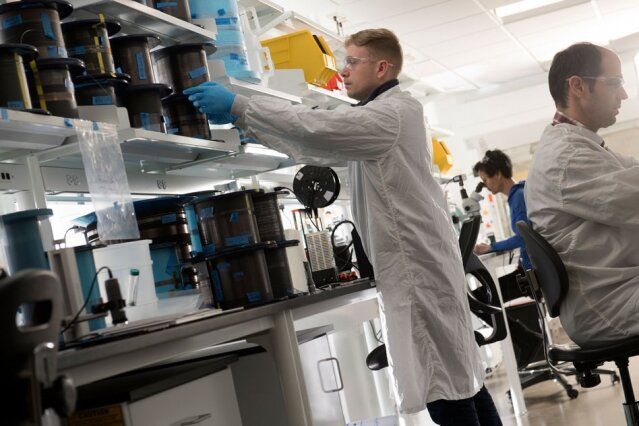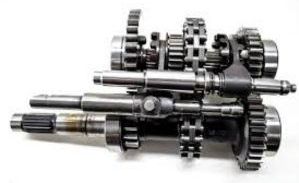Page 9080
May 23, 2019
Air Force Treating Wounds With Lasers and Nanotech
Posted by Quinn Sena in categories: biotech/medical, military, nanotechnology
Forget stitches and old-school sutures. The Air Force is funding scientists who are using nano-technology and lasers to seal up wounds at a molecular level. It might sound like Star Trek tech, but it’s actually the latest in a series of ambitious Pentagon efforts to create faster, more effective methods of treating war-zone injuries. Last \[…\].
May 23, 2019
Scientists create new standard genome for heavily studied worm
Posted by Quinn Sena in categories: biotech/medical, genetics, life extension
A new Cornell University-led study finds that the genome for a widely researched worm, on which countless studies are based, was flawed. Now, a fresh genome sequence will set the record straight and improve the accuracy of future research.
When scientists study the genetics of an organism, they start with a standard genome sequenced from a single strain that serves as a baseline. It’s like a chess board in a chess game: every board is fundamentally the same.
One model organism that scientists use in research is a worm called Caenorhabditis elegans. The worm—the first multicellular eukaryote (animal, plant or fungus) to have its genome sequenced—is easy to grow and has simple biology with no bones, heart or circulatory system. At the same time, it shares many genes and molecular pathways with humans, making it a go-to model for studying gene function, drug treatments, aging and human diseases such as cancer and diabetes.
Continue reading “Scientists create new standard genome for heavily studied worm” »
May 23, 2019
Bipolar disorder may be linked to Parkinson’s disease
Posted by Quinn Sena in categories: biotech/medical, health, neuroscience, sex
People who have bipolar disorder may be more likely to later develop Parkinson’s disease than people who do not have bipolar disorder, according at a study published in the May 22, 2019, online issue of Neurology, the medical journal of the American Academy of Neurology.
“Previous studies have shown a relationship between depression and Parkinson’s disease, but few studies have looked at whether there is a relationship between bipolar disorder and Parkinson’s,” said study author Mu-Hong Chen, MD, Ph.D., of Taipei Veterans General Hospital in Taiwan.
For the study, researchers examined a national Taiwanese health database for people were diagnosed with bipolar disorder between 2001 and 2009 and who had no history of Parkinson’s disease, for a total of 56,340 people. They were matched with 225,360 people of the same age, sex and other factors who had never been diagnosed with bipolar disorder or Parkinson’s disease as a control group. Then the two groups were followed until the end of 2011.
Continue reading “Bipolar disorder may be linked to Parkinson’s disease” »
May 23, 2019
Behold the mayo: Experiments reveal ‘instability threshold’ of elastic-plastic material
Posted by Quinn Sena in categories: engineering, materials
Arindam Banerjee, an associate professor of mechanical engineering and mechanics at Lehigh University, studies the dynamics of materials in extreme environments. He and his team have built several devices to effectively investigate the dynamics of fluids and other materials under the influence of high acceleration and centrifugal force.
One area of interest is Rayleigh-Taylor instability, which occurs between materials of different densities when the density and pressure gradients are in opposite directions creating an unstable stratification.
“In the presence of gravity—or any accelerating field—the two materials penetrate one another like ‘fingers,’” says Banerjee.
May 23, 2019
Facebook: Fake account removal doubles in 6 months to 3B
Posted by Quinn Sena in categories: futurism, robotics/AI
Facebook removed more than 3 billion fake accounts from October to March, twice as many as the previous six months, the company said Thursday.
Nearly all of them were caught before they had a chance to become “active” users of the social network.
In a new report, Facebook said it saw a “steep increase” in the creation of abusive, fake accounts in the past six months. While most of these fake accounts were blocked “within minutes” of their creation, the company said this increase of “automated attacks” by bad actors meant not only that it caught more of the fake accounts, but that more of them slipped through the cracks.
Continue reading “Facebook: Fake account removal doubles in 6 months to 3B” »
May 23, 2019
Smart device detects food contaminants in real time
Posted by Quinn Sena in categories: business, food
Some consumers place importance on locally grown or organic food. Others want the products they purchase to look and taste good. Yet others focus on low prices. However, no matter what their other requirements, everyone would like their food to be free of contaminants, which makes it quite worrying that over 97 percent of European food products contain pesticide residues. The problem is that current contamination testing processes can be long and expensive, and can only be conducted by specialist personnel.
A new device developed by the INSPECTO project team may now offer an affordable, fast and reliable solution to this problem. Coordinated by Inspecto Solutions Ltd, the EU-funded project has introduced a portable device that identifies in real time chemical contamination in food.
The scanner device can detect chemicals at concentration levels specified by regulatory authorities. It also makes it possible for businesses to tailor their testing to their needs, scanning for specific sets of liquid or solid contaminants. Being able to conduct multiple scans in one day means they don’t have to wait for results. What’s more, the person operating the device doesn’t have to be a skilled chemist or technician, meaning that expensive and lengthy lab tests are eliminated. Farmers are able to measure pesticide residue levels on their crops and food producers can check for contaminants when purchasing produce. Additionally, supermarkets can conduct tests before distributing fruits and vegetables and quality assurers can enforce contaminant policies in the field.
Continue reading “Smart device detects food contaminants in real time” »
May 23, 2019
Production of more than 250,000 chips embedded within fibers in less than a year
Posted by Quinn Sena in categories: biotech/medical, computing
In the summer of 2018, a team led by MIT researchers reported in the journal Nature that they had successfully embedded electronic devices into fibers that could be used in fabrics or composite products like clothing, airplane wings, or even wound dressings. The advance could allow fabrics or composites to sense their environment, communicate, store and convert energy, and more.
Research breakthroughs typically take years to make it into final products—if they reach that point at all. This particular research, however, is following a dramatically different path.
By the time the unique fiber advance was unveiled last summer, members of Advanced Functional Fabrics of America (AFFOA), a not-for-profit near MIT, had already developed ways to increase the throughput and overall reliability of the process. And, staff at Inman Mills in South Carolina had established a method to weave the advanced fibers using a conventional, industrial manufacturing-scale loom to create fabrics that can use light to both broadcast and receive information.
May 23, 2019
Plant Stem Cell Market for Nutrition Analysis Is Expected To Reach USD 1,299.7 Mn by 2022| Credence Research
Posted by Quinn Sena in category: biotech/medical
The latest market report published by Credence Research, Inc. “Global Plant Stem Cell Market for Nutrition – Growth, Share, Opportunities, Competitive Analysis, and Forecast, 2016 – 2022,” the plant stem cell market for nutrition was valued at USD 324.0 Mn in 2015, and is expected to reach USD 1,299.7 Mn by 2022, expanding at a CAGR of 21.3% from 2016 to 2022.
Download Free PDF Sample Request: https://www.credenceresearch.com/sample-request/57974
